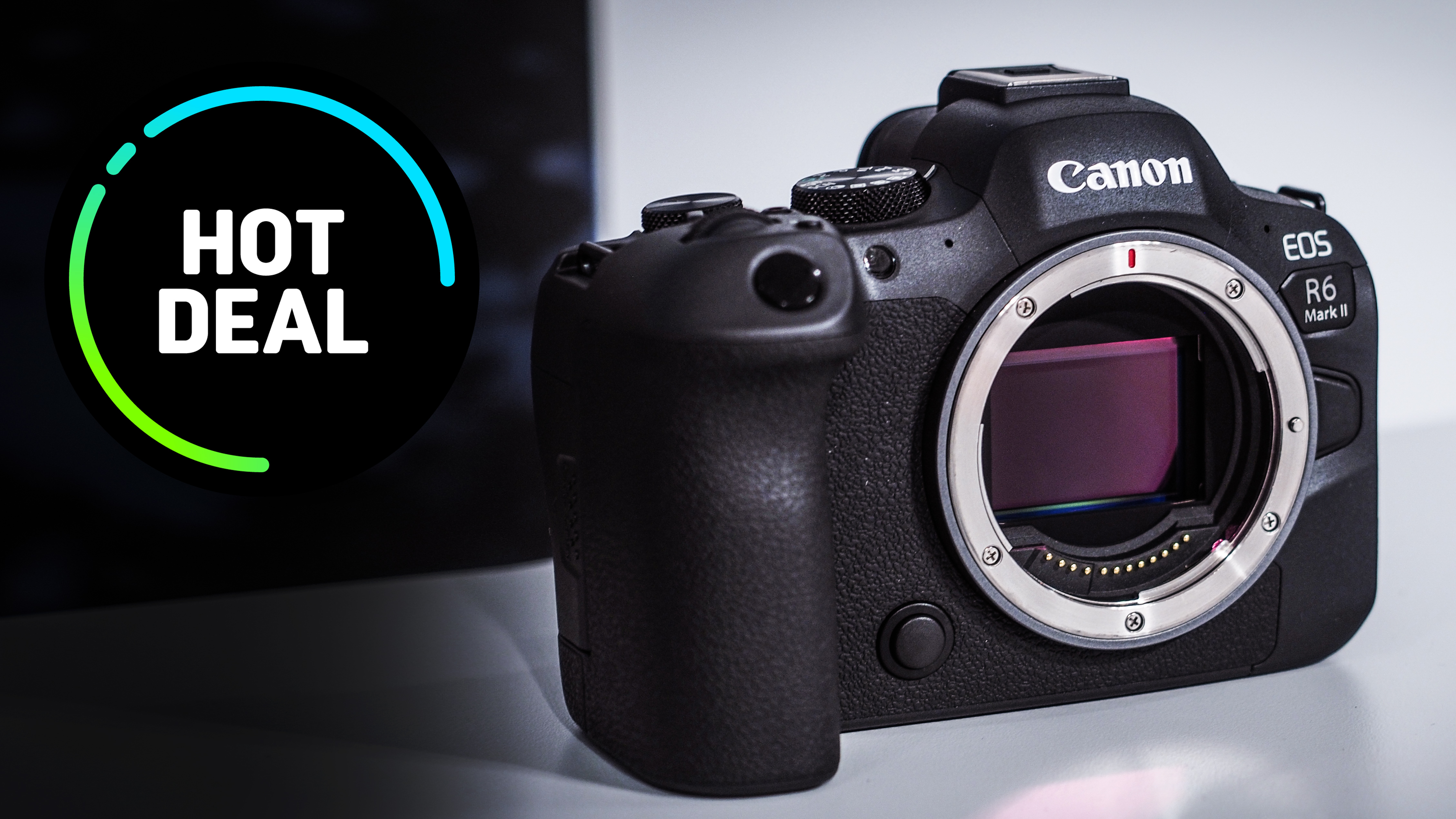Producing an underwater music video on a budget
Pro videographer Matt Higgs reveals the tips and tricks behind shooting a low budget yet high quality underwater music video
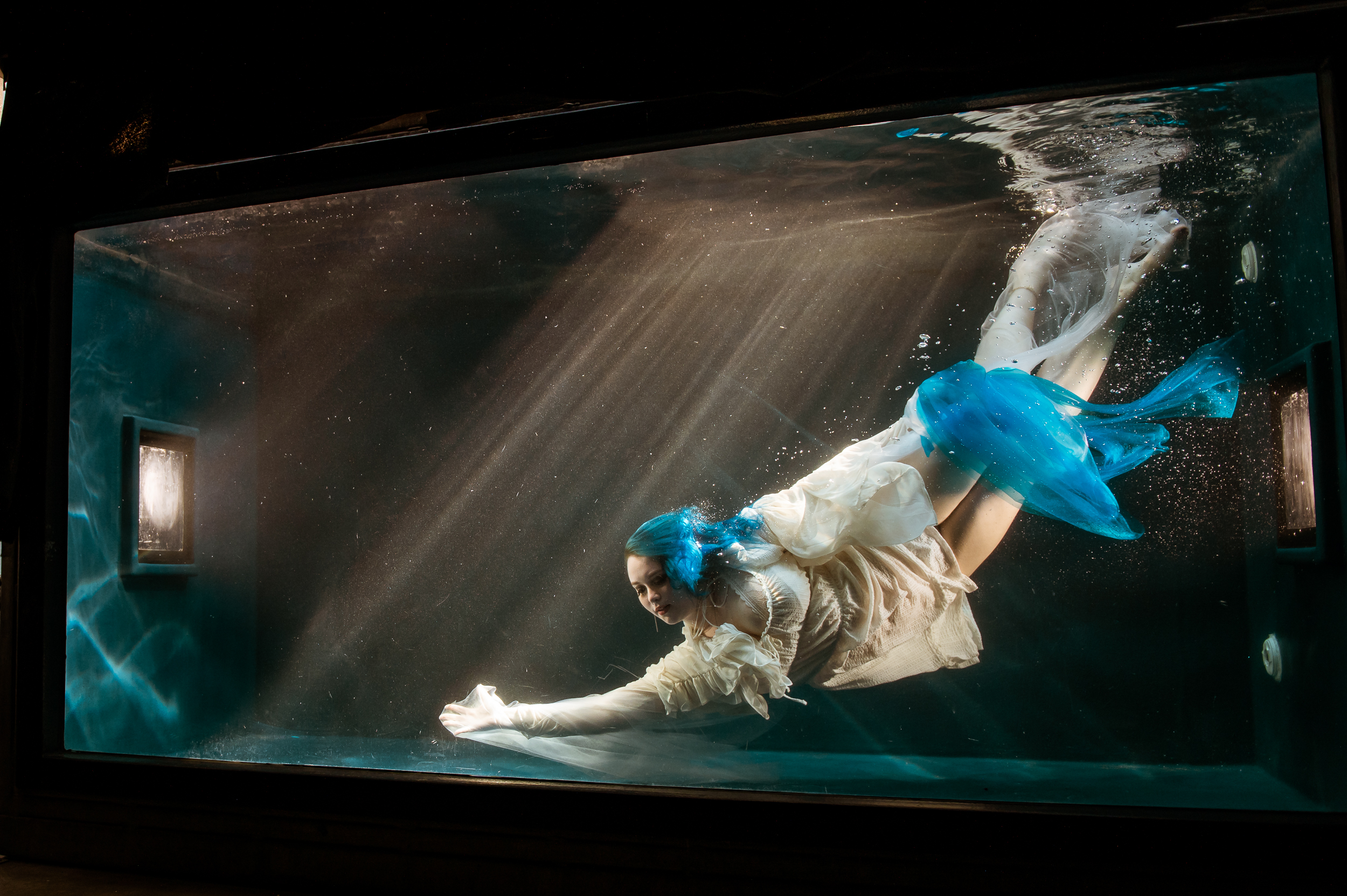
With the increasing hybridization of cameras – with many now highly capable at both recording video and shooting stills - I’ve found the commissions I take on as a freelancer have diversified. While I still class myself as a music photographer primarily, I’m now also regularly producing music videos for independent artists. I really enjoy pushing myself to develop my skills in this area and to increasingly work on higher production projects - but it’s not without its challenges.
This challenge rarely takes the form of developing interesting concepts for any given video though, but rather how to realize them successfully on what are often strict budgets. This was the case for Priestess’s latest music video ‘sea u n tea’, a production that ended up becoming perhaps my favorite video creation yet.
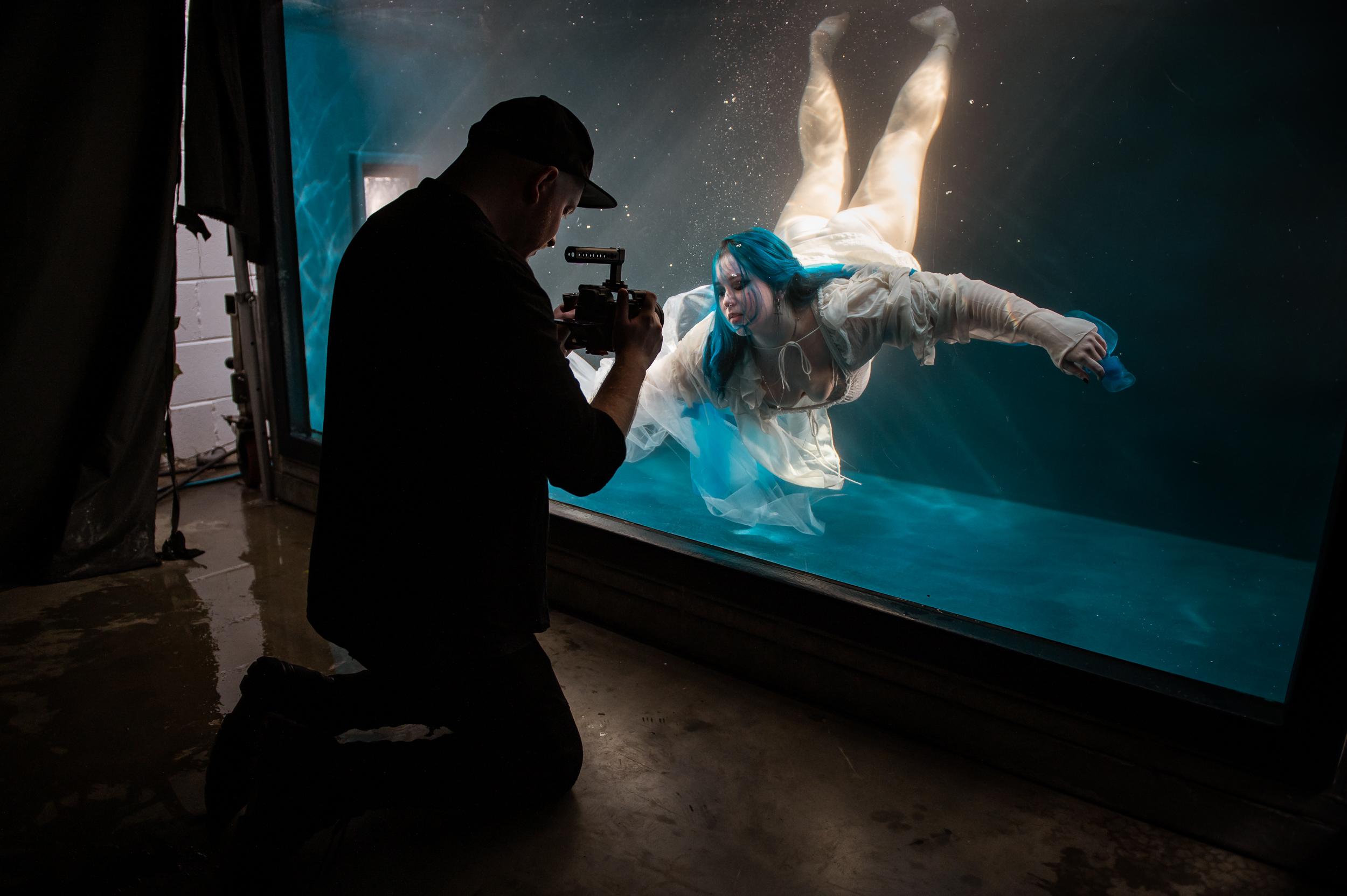
During the initial planning stage with Priestess during phone-calls, we agreed that we’d like to cut more traditional performance clips with abstract footage that had a simple narrative for ‘sea u n tea'. Ideally we wanted to show Priestess drowning, then having a moment of realization, and eventually swimming confidently underwater. The metaphorical intent of this narrative was to reflect the focus of the song: a friendship lost among a sea of negative emotion, but overcome, allowing her to move on to a more positive space.
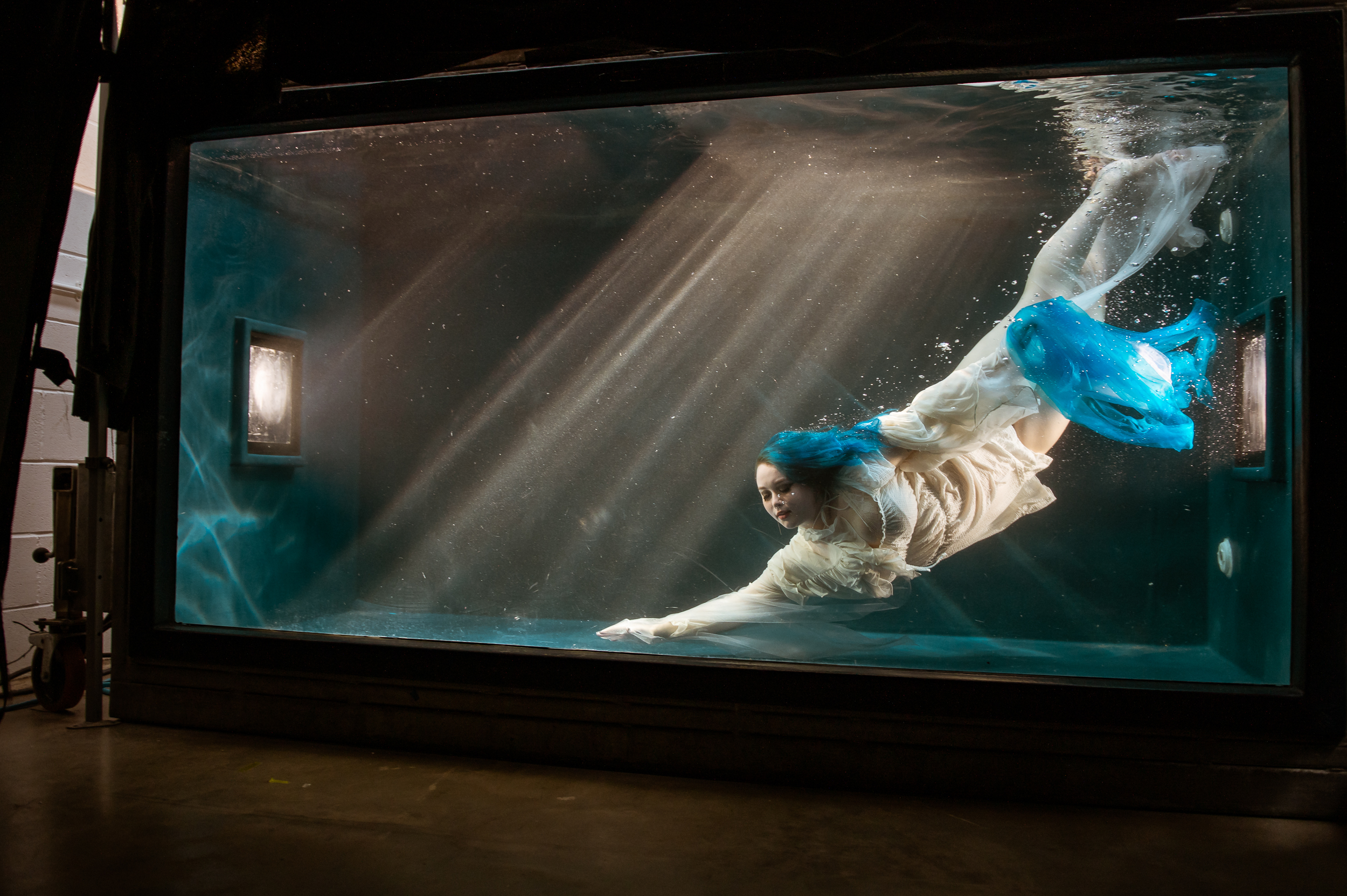
With lyrics in the song mentioning the colour blue and the sea, as well as ambient almost-underwater sounds in the track’s background, there were metaphorical links to be found between this chosen concept and the song. If we could also tie-in performance elements to this concept somehow without them jarring, even better. This approach would help the video to feel distinctly different to previous performance-only videos that we had produced together, and increase interest in its content. However, that concept development part of the planning process was to be its easiest section…
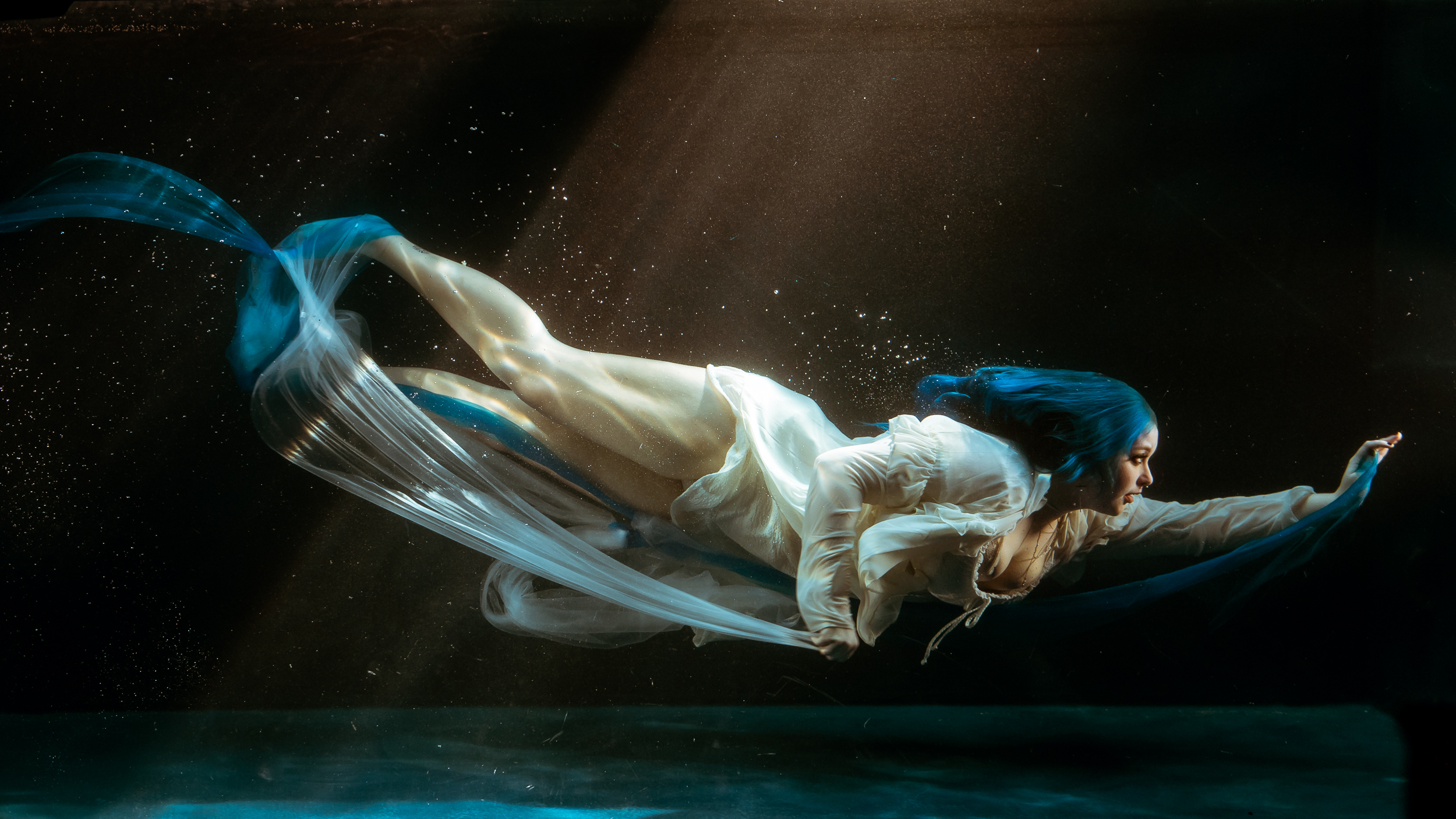
With underwater housings for cameras regularly as much – or even more – than the camera itself, and with no real chance of me as an independent video maker being able to plan a shoot on-location at a lake or similar that could be safely managed, the concept felt almost impossible to realize. I thought about using special effects, but quickly decided I had neither the expertise nor budget to utilize effects to the standard I’d like. Hiring an underwater videographer to film the section again was also substantially out of budget.
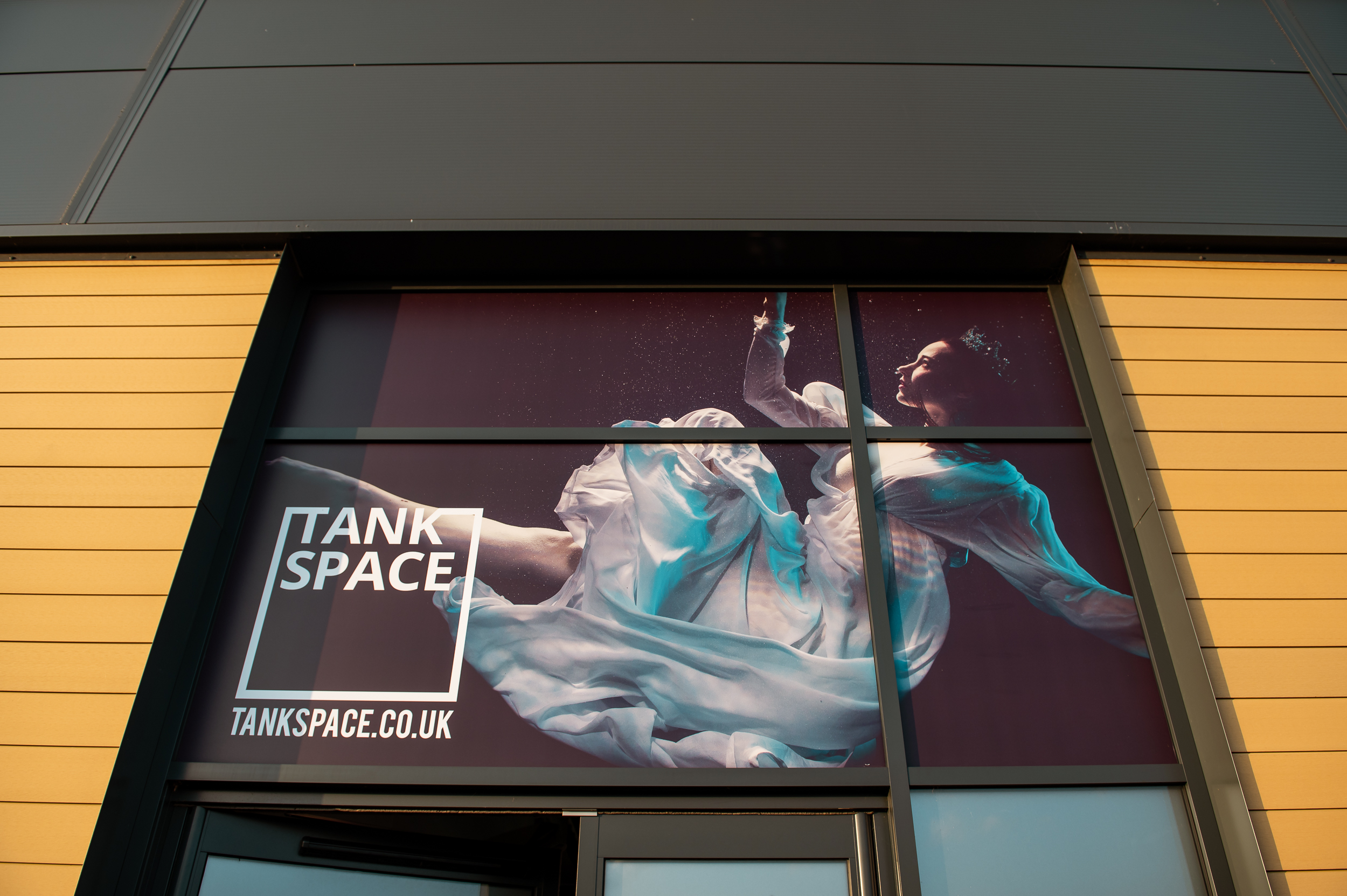
Eventually though, and after much research, I stumbled across a potentially viable solution in ‘Tank Space’ (www.tankspace.co.uk). A 2000sqft facility for hire in north Nottinghamshire, Tank Space provides the UK’s largest permanent indoor rain machine, as well as a 10,0000-litre tank with no structural supports, enabling clear views of a submerged subject. Competitively priced, and with a range of professional Arri lights as well as numerous RGB panels on offer to clients, I’d struck gold. Speaking to Tank Space owner Kai in an initial phone call also reassured me that not only was my aim for the video achievable, but that with him on hand to coach Priestess through her performance underwater, we could shoot the whole thing on site, in a single day. Our concept was a go!
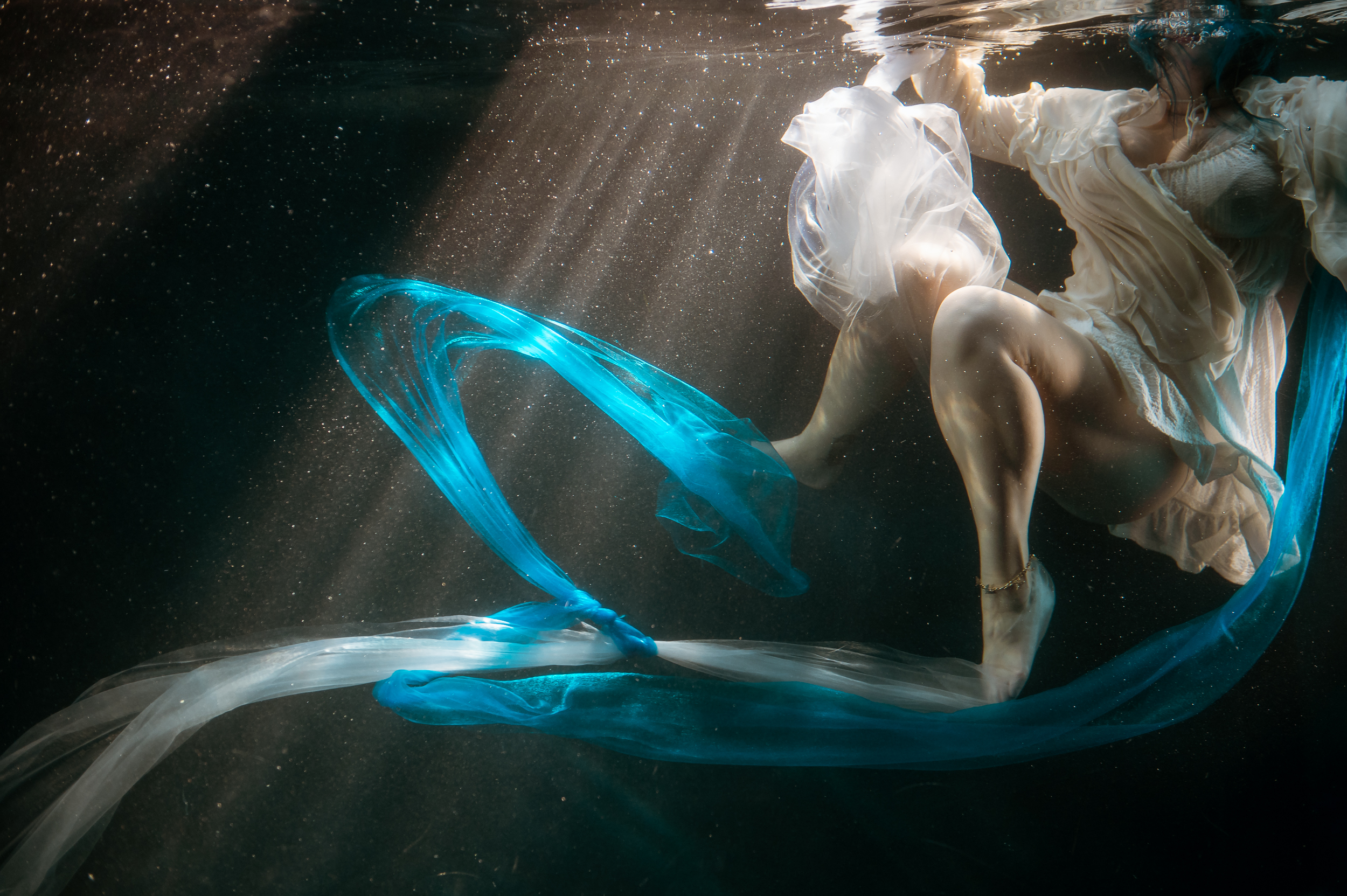
Before arriving at Tank Space, Priestess and I planned the outfits she would wear in the video for effect. In the underwater shots she’d be clad in all-white flowing items that would hang and swirl in the water as she moved, while in the performance shots filmed in the rain room, she’d be wearing an edgier all-black outfit that was tighter so that the rain didn’t pull its shape around as it became waterlogged. I wrote a shot list of takes to capture on the day that I could pull together during editing with variety and some more creative shooting angles highlighted, and prepared my equipment for filming.
Get the Digital Camera World Newsletter
The best camera deals, reviews, product advice, and unmissable photography news, direct to your inbox!
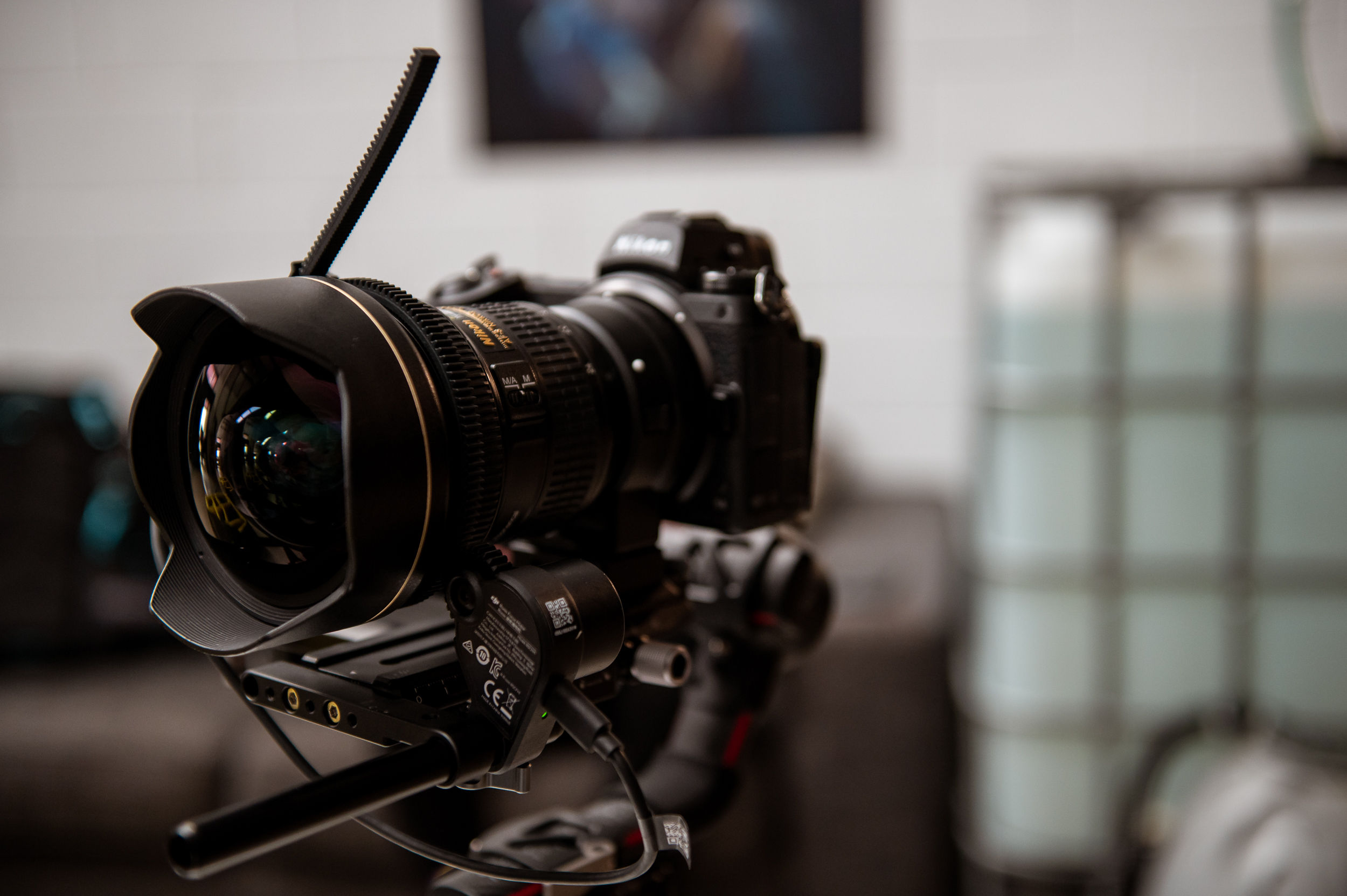
When it comes to equipment, I’m currently using a Nikon Z6 II and F-mount lenses mounted via a Z-mount adapter for all my filming. This body may not provide some of the bit-depth, resolution or frame rates of the newer Nikon Z9, or other more video-refined cameras on the market. But with 50fps in 4K possible, and most of the music videos I produce eventually being uploaded to YouTube and social sites in 1080p 25fps, the Z6 II is capable of producing pleasing footage with scope for slow motion and digital crops during editing if required. It more than meets the needs of most of my current clients. Of course I’d like to upgrade this setup at some point to a more dedicated video camera, but as always as a freelancer, it’s a case of making sure each gear investment pays off. For now at least, the Z6 II does the job, while also being a very capable stills camera for photo commissions.
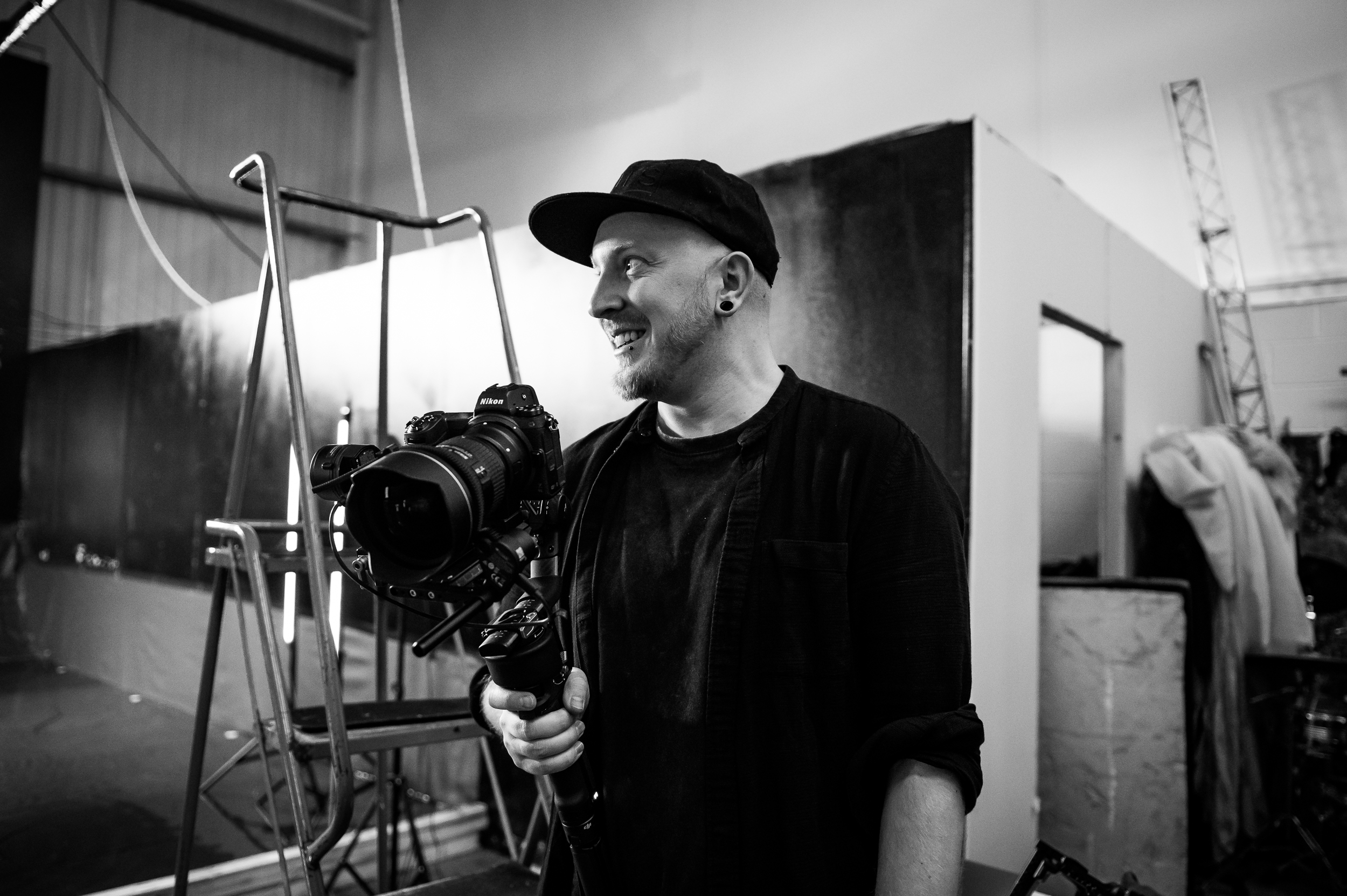
Along with a 3 Legged Thing Winston 2.0 tripod for static takes, I packed my DJI Ronin S2 gimbal to help give me smooth-looking shots that had camera motion. With the focus motor included in the DJI Pro Combo that I bought with this gimbal, I can use the device’s front control dial to manually focus lenses while keeping my hands firmly on it - checking accuracy using focus peaking – which is a real benefit when shooting solo! Lens-wise, my most utilized optics are a 14-24mm f/2.8 for wide compositions and intimate-feeling close-ups, and a 24-70mm f/2.8 for more standard mid-shots and head-shots, all with stylishly shallow depths of field. Of course plenty of fast and high capacity XQD/CFexpress cards are essential to store all the footage on.
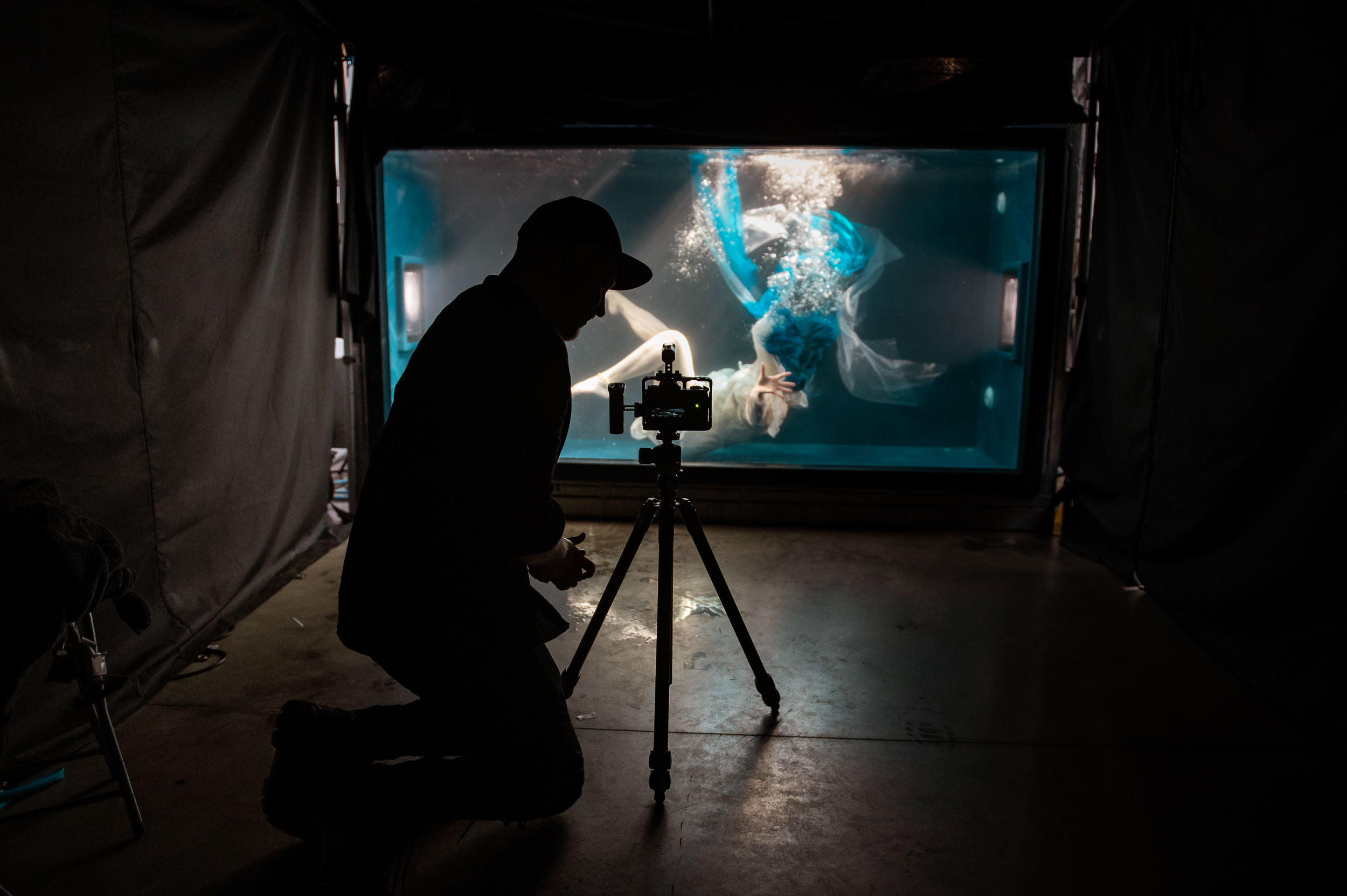
We began our shoot day with the music video’s underwater scenes. While this wasn’t the chronological order I had planned for the video’s final edit, logistically it made the most sense, as the warm water in the huge tank could then also be used by the rain machine. On one side of the tank is a blacked-out marquee positioned directly alongside it – this was the shooting position. From inside here a subject could be filmed or photographed with no reflections from external lighting catching the tank’s glass; the only light visible coming from inside the tank. It’s a simple solution to underwater filming that doesn’t give away the mystery as to how the footage was shot, but a highly effective one.
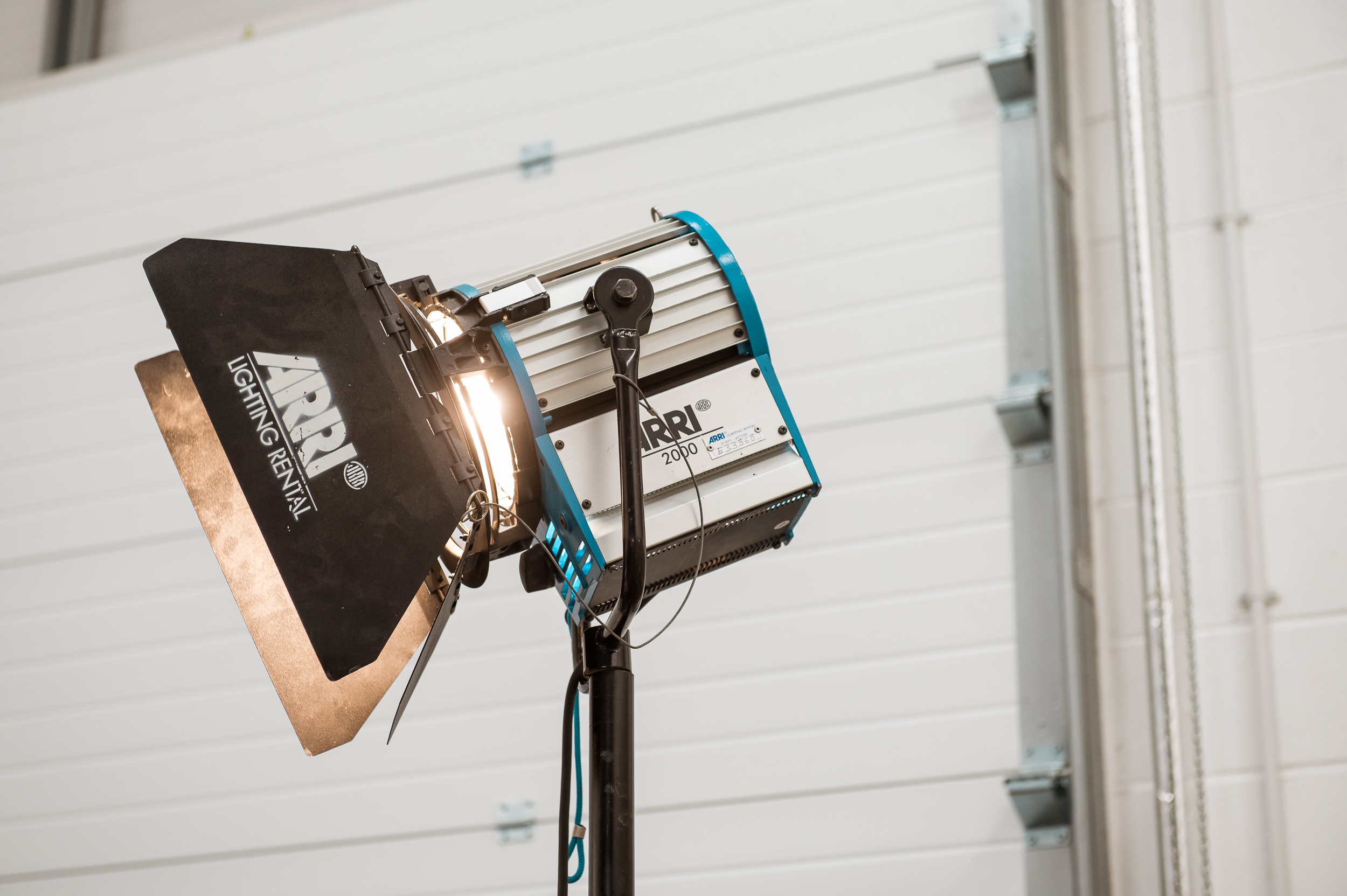
Lighting the tank from above we set up two large Arri heads to emulate natural light, and the rippling light beams that it creates as it passes through the surface of the water. Lifting the shadows, two smaller color-matched panels were positioned to light through the side windows of the tank. I wanted our lighting to be fairly low-key, with highlights cutting through deep shadows, and so was careful not to over light the background of the tank. Tank Space does provide lighting options that can produce all sorts of colorful lighting effects using waterproof panels and tubes, but for the authentic underwater look I wanted to produce, things were kept basic.
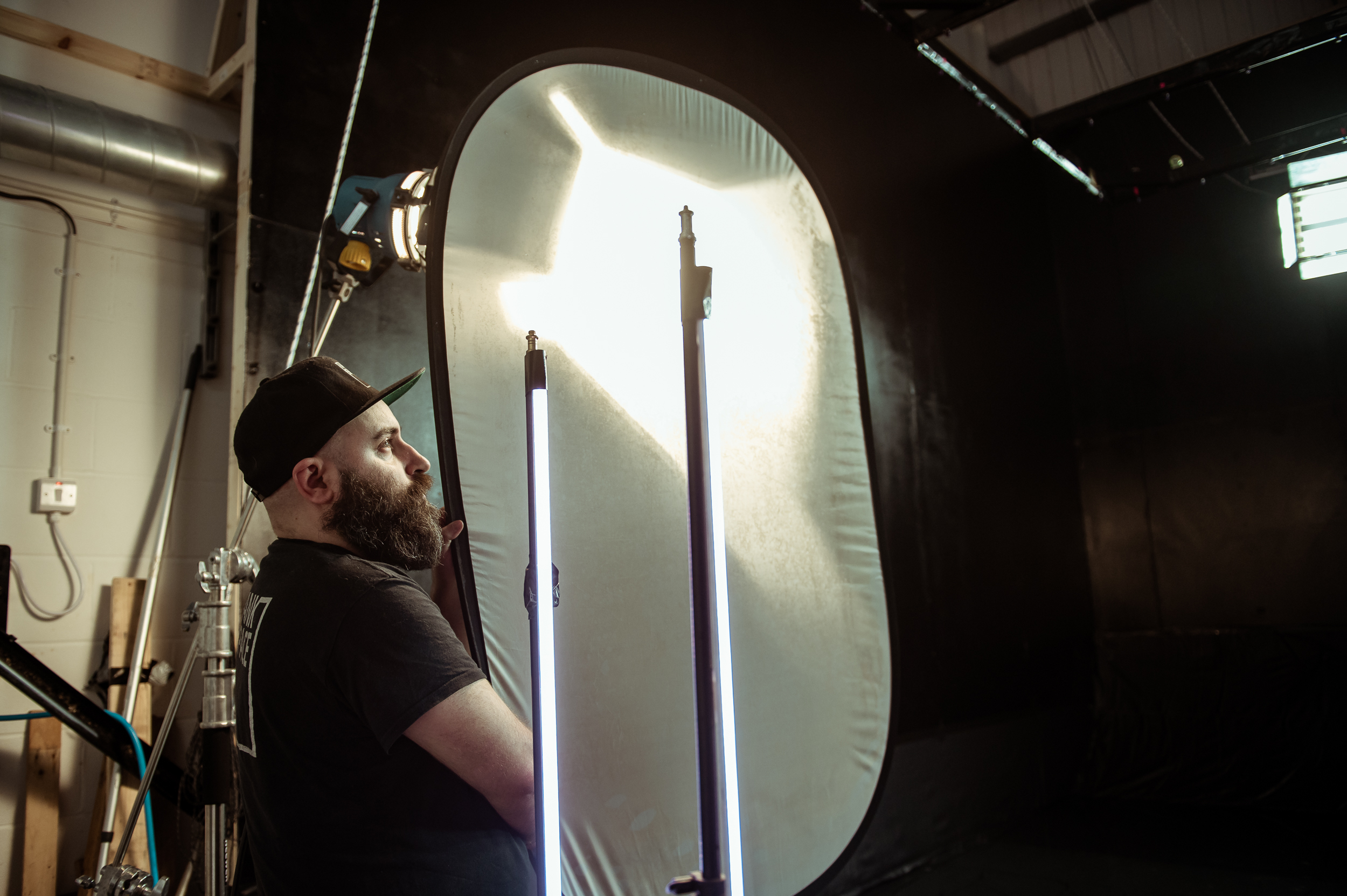
The next challenge was to direct Priestess as we filmed our takes. When underwater, she couldn’t hear Kai or my instructions clearly, and although the blacked-out marquee meant no reflections on the glass during filming, it also meant that Priestess couldn’t see me to take visual directions. Set up on a tripod for wide shots that captured almost the entirety of the tank to make the scale of the scene seem as great as possible, I had to wait between her dives into the water to direct Priestess on what I wanted her to do and roughly where in the tank I wanted her to stay.
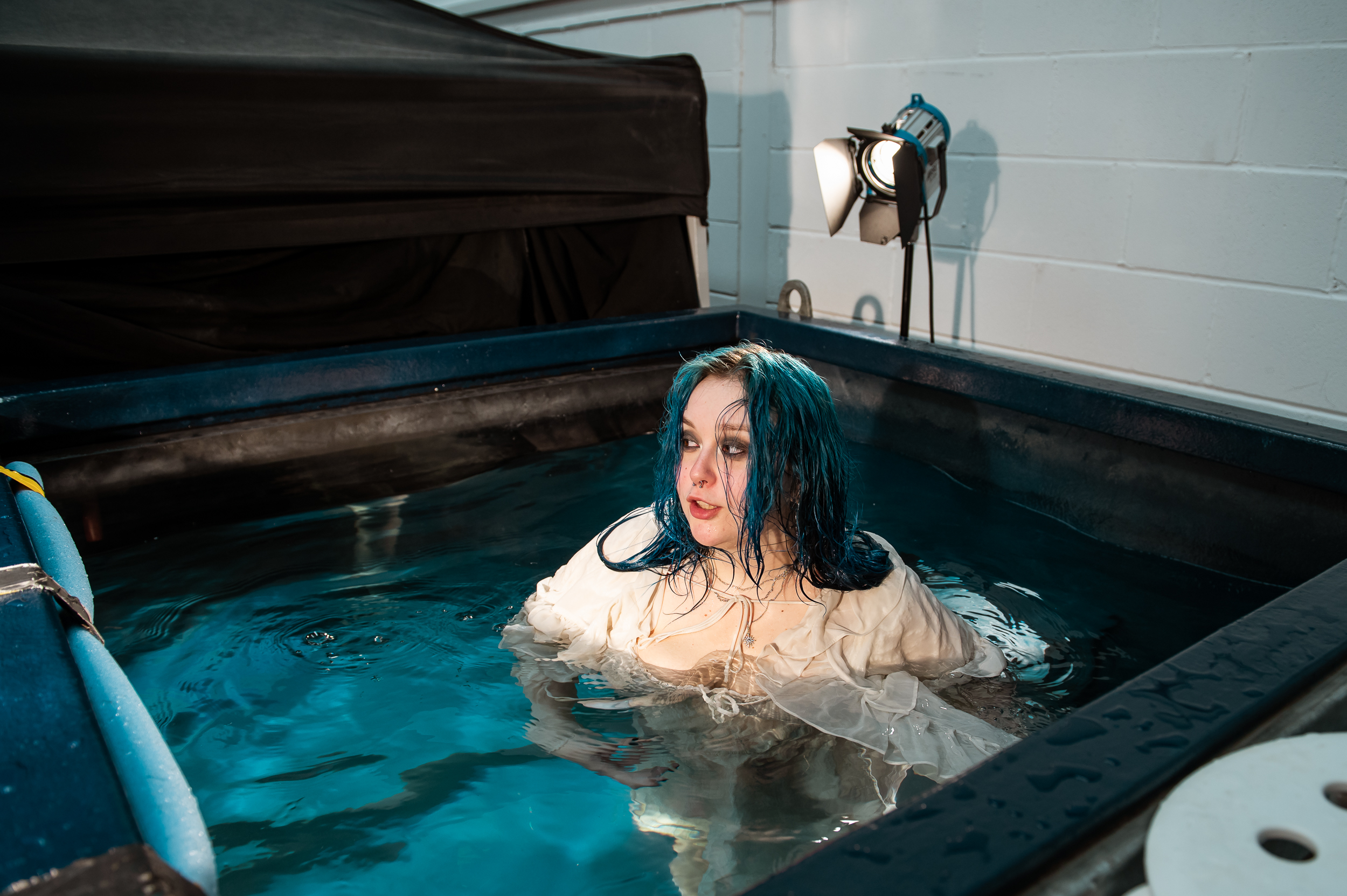
Kai also helped massively at this point as he coached her through how to dive and hold her body for best effect. Defying the body’s natural urge to quickly float to the surface is a skill in itself! While the process remained slightly trial-and-error, working together we soon had the takes I was looking for. Handheld, I then captured a wide variety of closer more detail-orientated shots to cut in with the wides, including the material floating around Priestess, her hands and feet moving through the water, air bubbles rising, etc. This kind of B roll can often feel less important during filming, but from experience, I know it often ends up fundamentally important to the feel and success of the final edit.
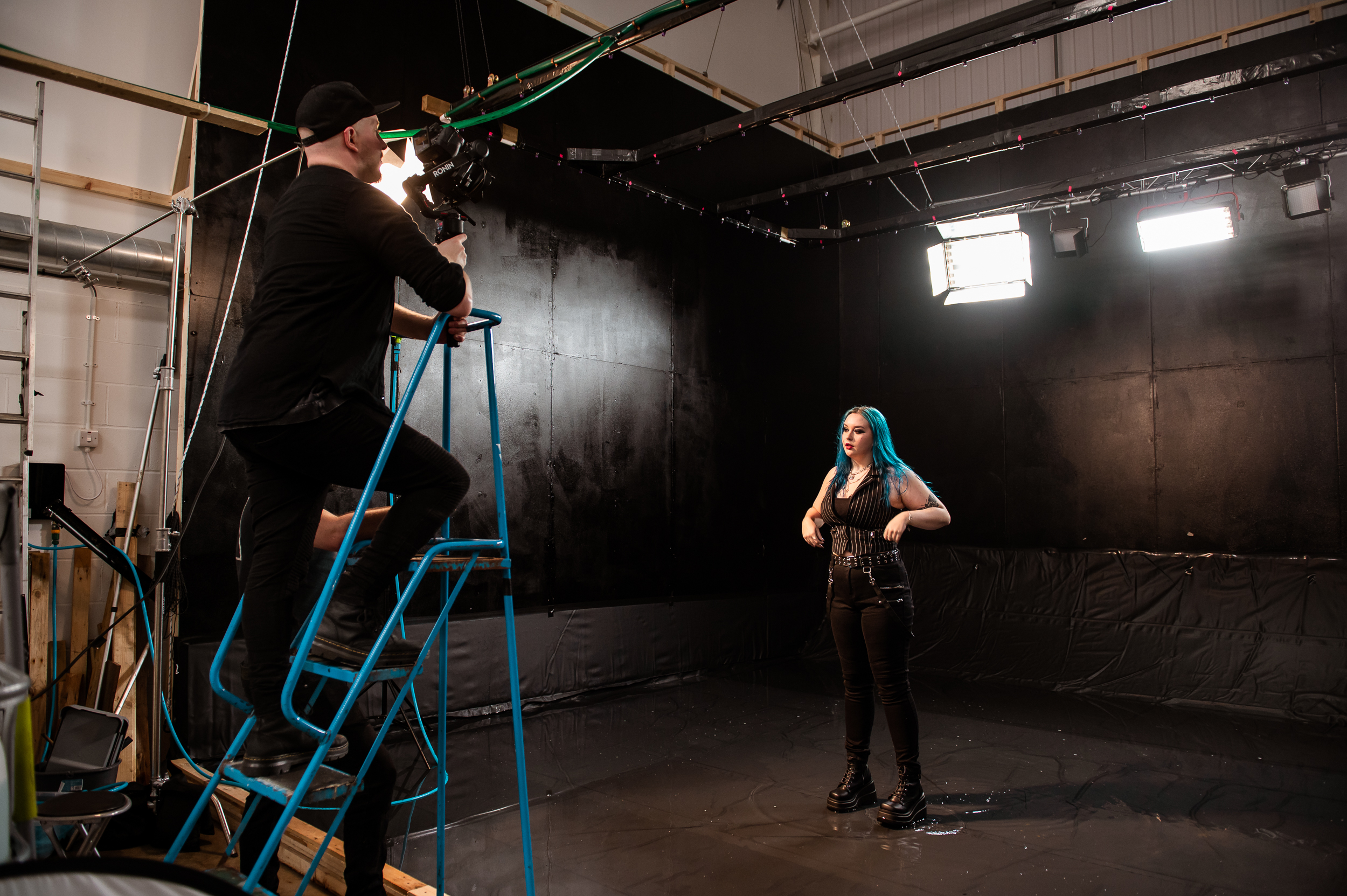
Next it was time to move on to our performance scenes in the rain room. Measuring 7m x 7m, this space has countless sprinklers overhead that create enough heated rain for a whole band to play amongst a downpour. With the ability to also submerge the floor slightly, it’s also possible to capture the ripples and splashes of the rain drops as they hit the ground. Lights were once again set up for a low-key look, illuminating the artist and rain, but allowing for the background to fall into clean shadow. I began with capturing some straight-on, and side-on mid shots of Priestess performing the track; compositions that often fill the bulk of a live segment as they feel intimate but still give some context to the scene. These mid-shots were a mix of both tripod and gimbal shots, recorded at 25 and 50fps, allowing me to choose between static compositions and ones with more motion, as well as real-time and slowed-down footage as desired when editing.
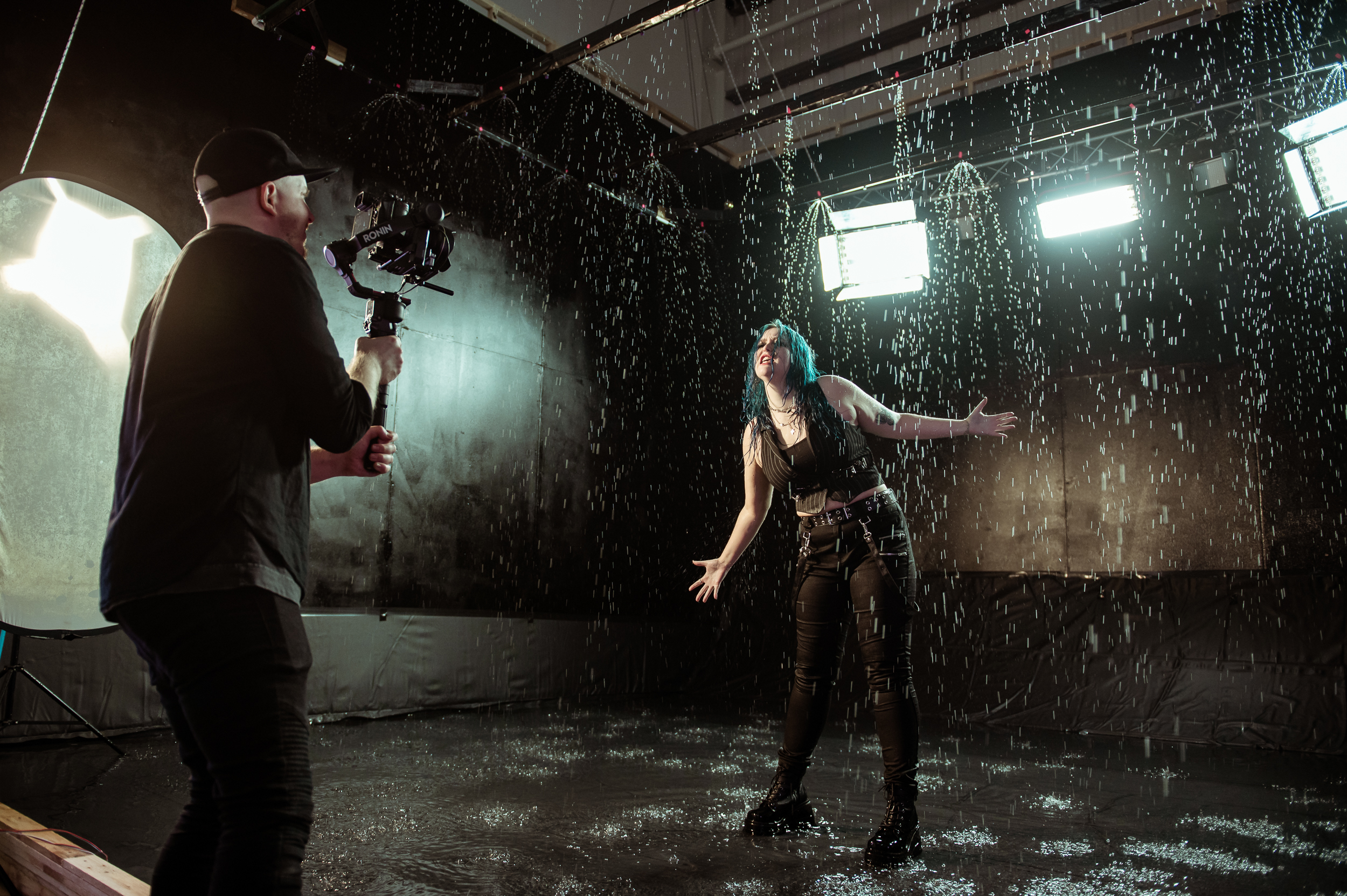
I then moved on to some wide full-body composition takes, encouraging Priestess to stomp and kick the water in order to make the scene as dynamic as possible, with the extra ripples and splashes of water giving additional energy. A low-angle take of the surface of the water also allowed me to capture some abstract-looking reflections of the performances. Finally, I climbed a step ladder to get some high-angle perspectives of Priestess; an interesting viewpoint of the performance that revealed ripples around her in the surface water as they emanated from her movements and the rain falling around her.
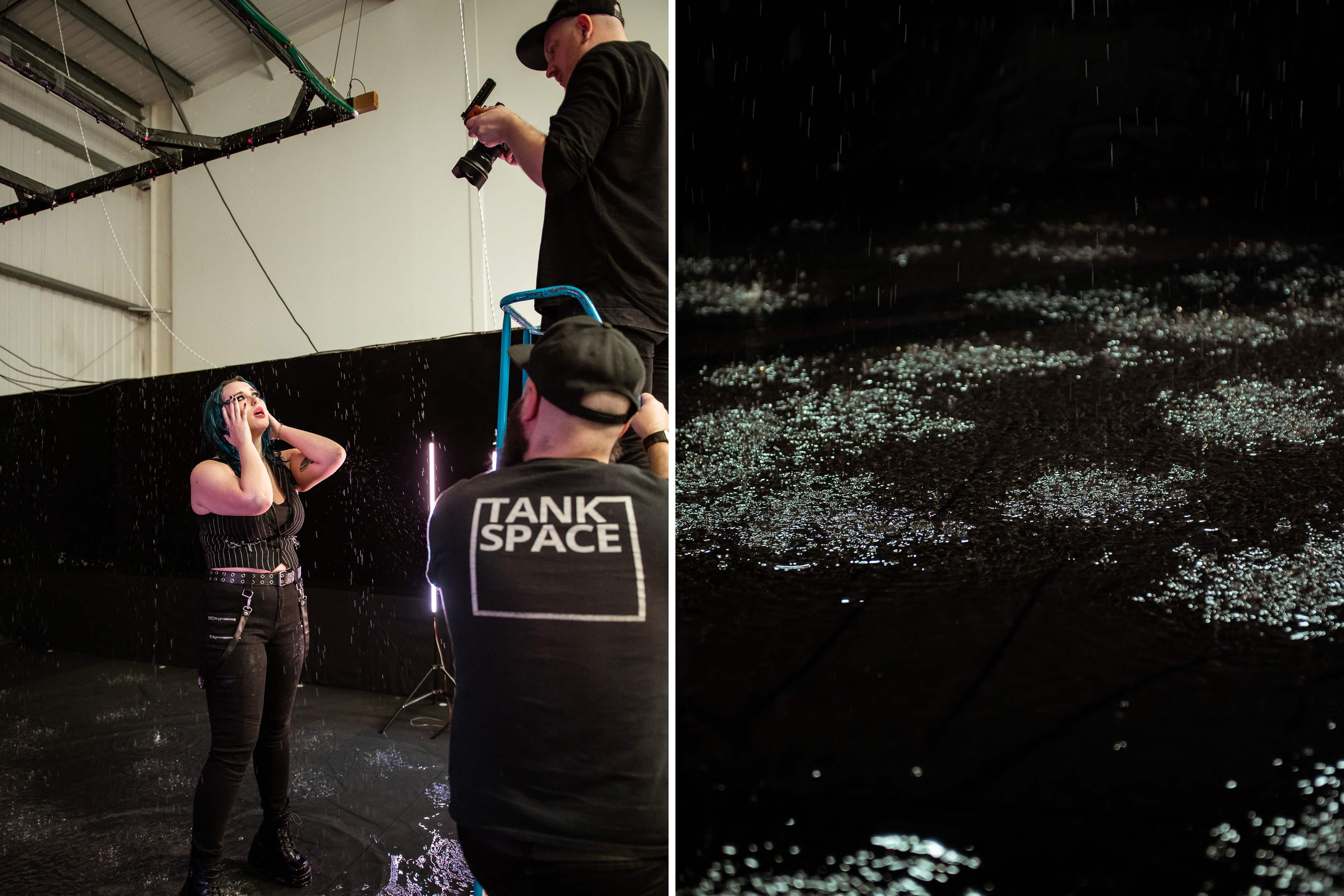
For all of these takes I used the location’s sound system to play back the track as Priestess performed, as this not only helps to keep the artist in time with the track, but makes syncing all of the takes at the editing stage much easier. Playback speed of the track is normal at 25fps, and required a double-time playback when shooting slow motion at 50fps in order to maintain sync when slowing the footage down. After a day of being soaked, albeit in warm water, I think it was a relief for Priestess when I called time on the day after our final take. But with her professionalism, and Kai’s continued help, I was confident we’d captured some really interesting content.
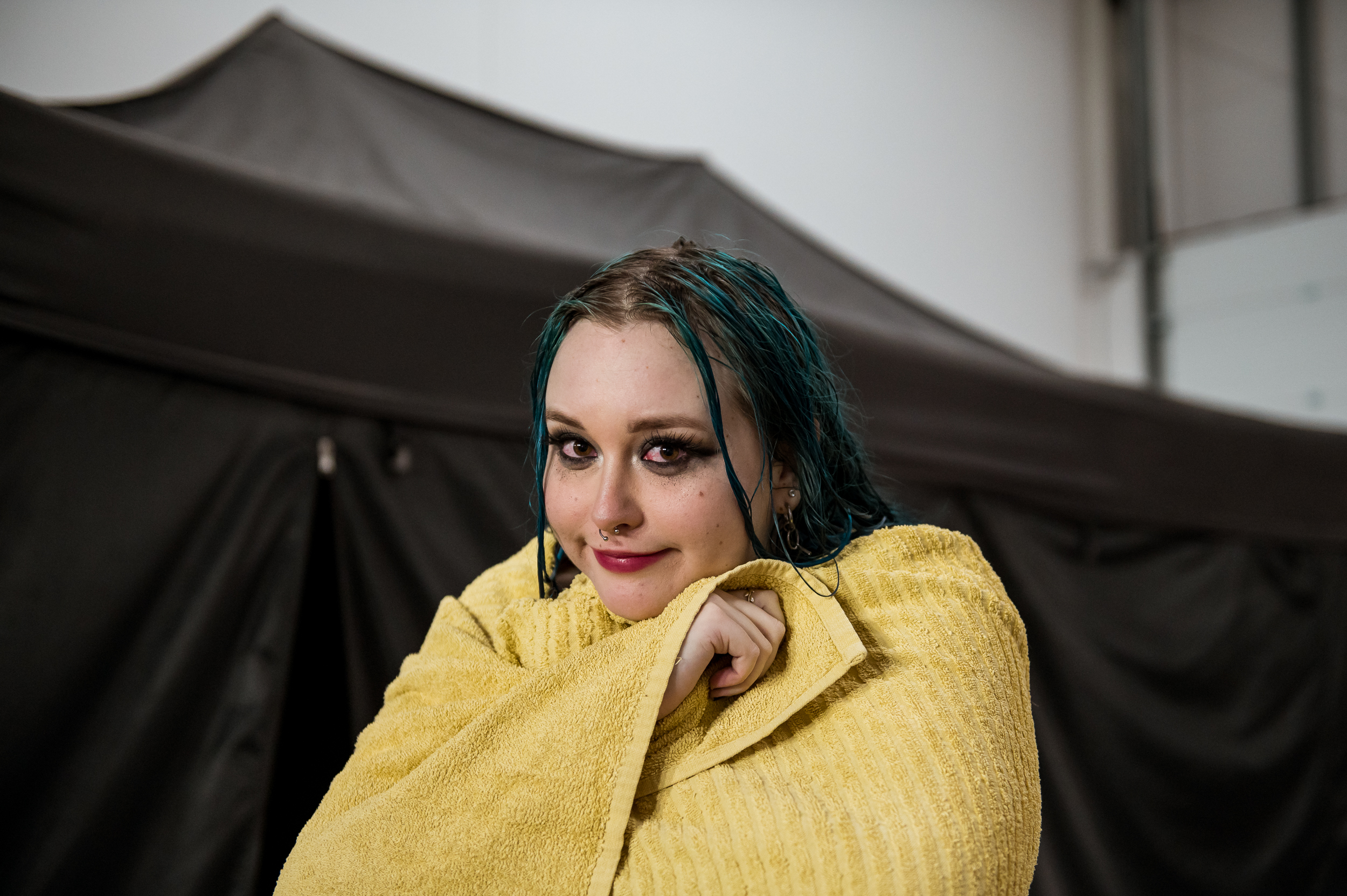
The editing stage for “sea u n tea” then began, for which I’m currently using Final Cut Pro as my software of choice. The first step is always to sync all of the performance takes with the track and stack them up on the timeline so that I can easily choose the segments I wish to use, without having to manually sync each clip. It’s here that having audio playback during the recording process really helps, as with this sound Final Cut can sync 95% of the takes automatically, with the remaining few just needing a slight manual shift to sync perfectly. As this video was to be a bit more conceptual in its approach, I then began my edit by choosing the segments of our underwater shoot that I liked and that best fit the narrative. These were then laid out in small groups on the timeline at regular periods, predominately during instrumental sections and the verse’s pre and post chorus where I knew the live performance would be more subdued.
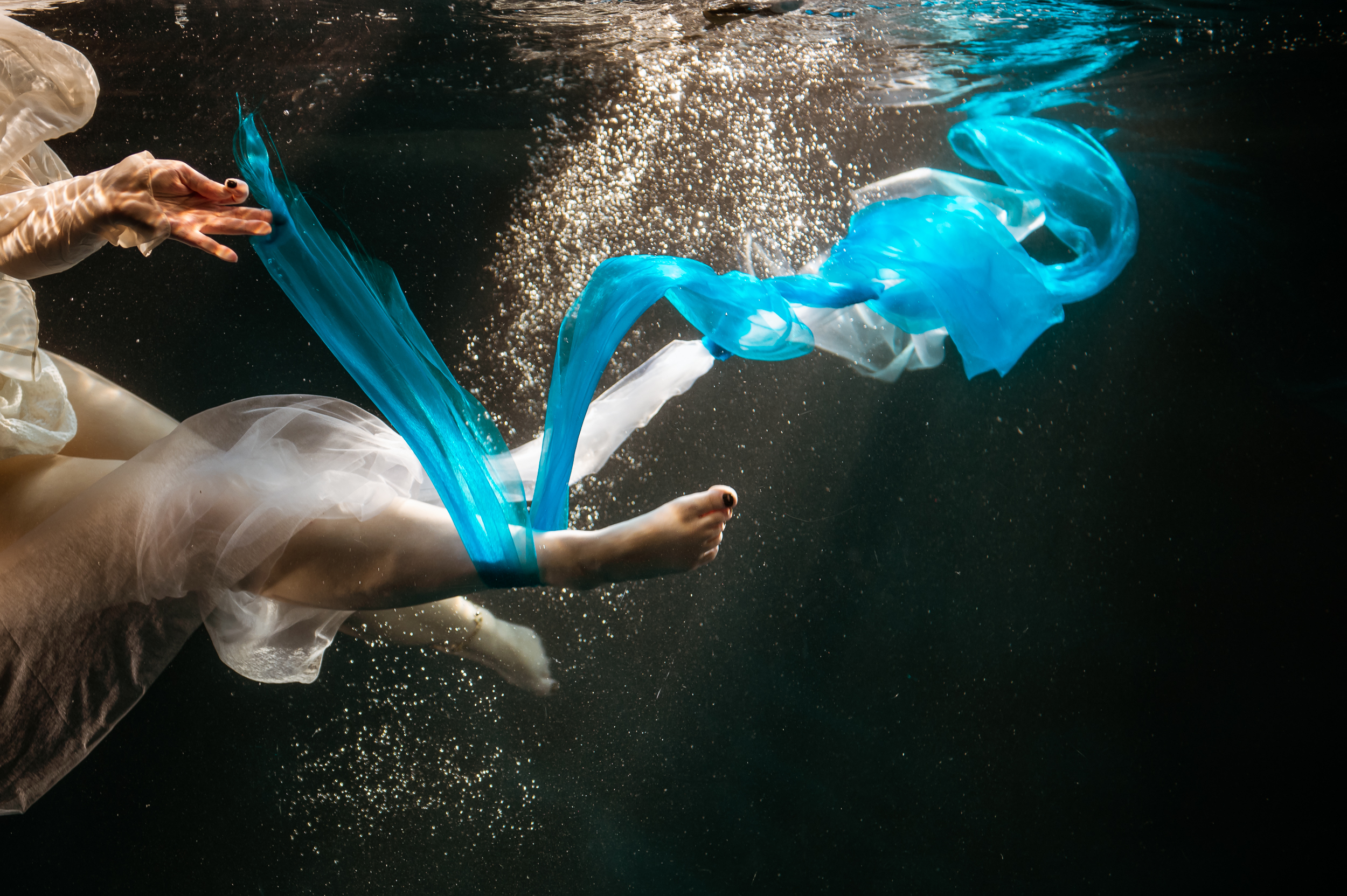
Regular use of slow motion helped with a slightly ethereal, magical feel, revealing details in motion and the scene not normally perceivable. When building these narrative segments I tried to mix close-ups and wide shots to build interest, complimenting and contrasting with each other. Then I selected from my synced takes performance clips that felt the most dynamic, again making sure to vary between angles and framing approaches regularly in order to maintain interest and energy. Many of these cuts between clips are made in time with the song’s beats for impact. With this rough cut complete, I then levelled up the exposures across my clips if there was a slight deviation, and began color grading the footage. I wanted the rain and underwater footage to have a low-key look, with deep blacks and slightly teal highlights. I chose this color approach as I wanted the footage to feel somewhat brooding, dramatic, cold, and almost vampire-themed at times, but with a nod to the color blue which complimented the water theme and Priestess’s synonymous hair color that she has maintained throughout her recent releases. After a few tweaks with feedback from Priestess, ‘sea u n tea’ was complete.
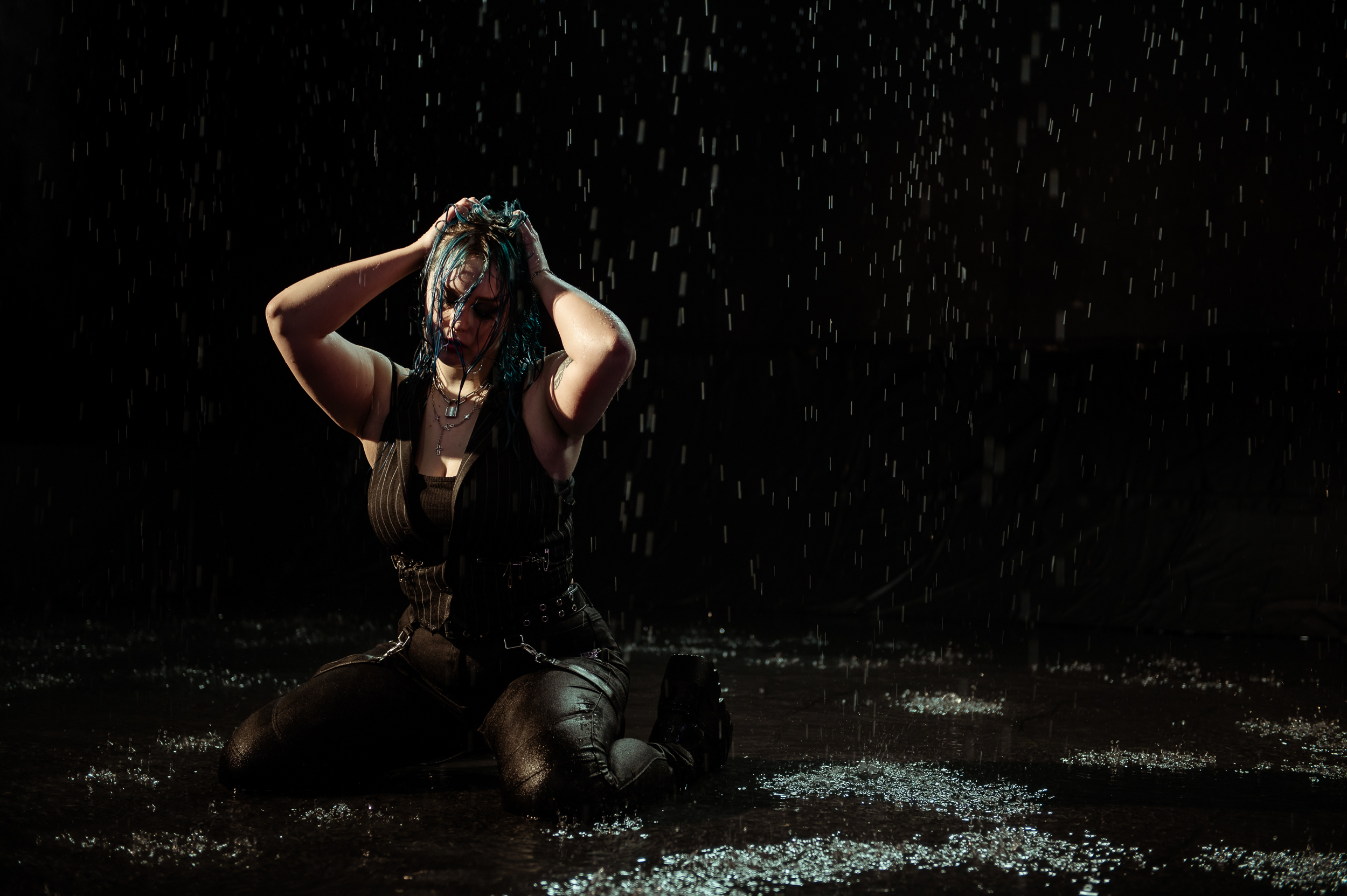
I feel the final video succeeded well in realizing our initial concept. Tank Space allowed us to create footage that we just wouldn’t have been able to produce any other way on our budget, and although our team was small, I think the production values feel fairly high in the final edit. Kai’s expertise in helping to guide Priestess in the water for best effect were invaluable, and her willingness to keep going through the day was admirable. The response to the video by Priestess’s fan base since release has also been overwhelmingly positive - the real measure of success!
You can check out the full video here (video credit Matt Higgs Photography, Priestess)
Read more:
• Best cine lenses
• The best cinema cameras
• Best 4K camera for filmmaking
• Best audio recorders
• The best underwater housings for cameras and phones
• The best laptop for video editing
• Best camera sliders
• The best on-camera monitors
